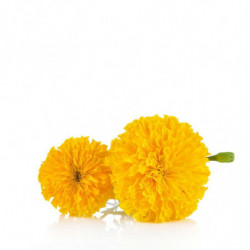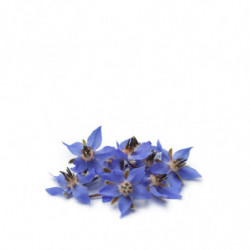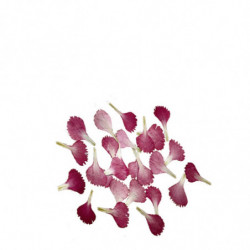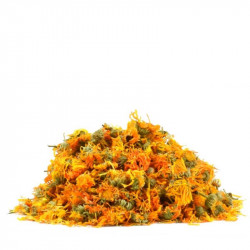The Versatility of Tagete Flower
The tagete flower is an edible and aromatic flower characterized by its yellow, orange, or bicolored color and its daisy-like shape. It has a spicy flavor and can be consumed both raw and cooked. The tagete flower is rich in vitamins, minerals, and antioxidants, and has antiseptic, antifungal, and insect repellent properties. It can be used to decorate salads, soups, rice dishes, or desserts. The tagete flower adds a touch of color and fragrance to dishes that enhances their presentation and flavor.
Origin and Varieties of Tagete
The tagete flower comes from the tagete plant (Tagetes spp.), an annual plant native to Mexico and Central America that is cultivated for its flowers and leaves. The tagete plant belongs to the asteraceae (composite) family and can reach up to one meter in height. The tagete plant is also used as an ornamental, medicinal, and dye plant. The common name for tagete is Indian carnation, Moorish carnation, or carnation, among others.
Common Varieties of Tagete
There are different varieties of tagete that are distinguished by the size, shape, and color of their flowers. Some of the most common varieties are:
- Tagete erecta: It has an upright, branched stem capable of reaching one meter in height. Its flowers are larger and have a more intense color. They can be found in yellow, orange, or bicolored.
- Tagete patula: It has a trailing or ascending stem that does not exceed 50 cm in height. Its flowers are smaller and have a softer color. They can be found in yellow, orange, or red.
- Tagete tenuifolia: It has a branched and delicate stem that can reach 40 cm in height. Its flowers are tiny and have a very vivid color. They can be found in yellow, orange, or red.
- Tagete lucida: It has an erect, woody stem that can reach 80 cm in height. Its flowers are small and have a yellow color. It has a scent similar to anise.
Cultivation and Harvesting of Tagete Flower
Tagete flowers can be easily grown in the garden or in pots. They need a sunny location and well-drained soil. They can be sown directly in the ground or in seedbeds in early spring. The flowers appear between June and October and can be harvested when they are fully open. They should be washed well before consuming or drying to preserve them.



















